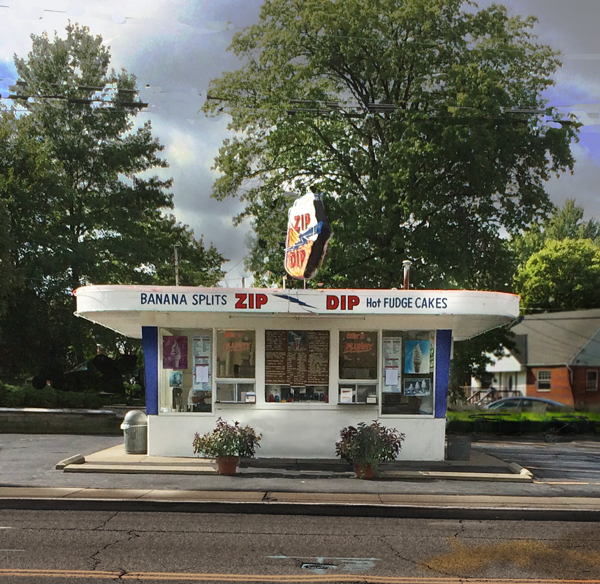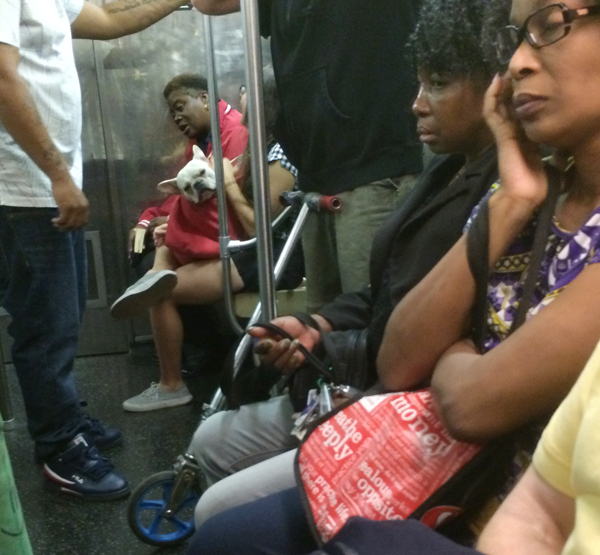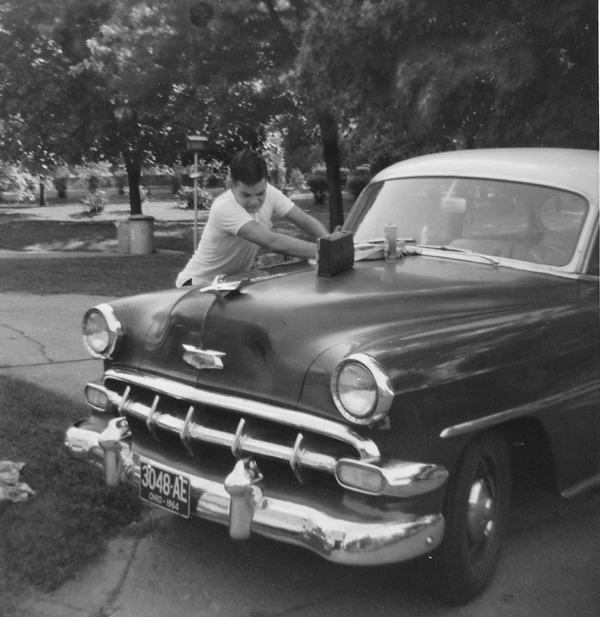Zip Dip
 The Zip Dip sits by a river that throws its humidity miles around. It gets hot in August and things can go wrong.
The Zip Dip sits by a river that throws its humidity miles around. It gets hot in August and things can go wrong.
The young girl who was just beginning school and did everything asked of her, had more than earned the coins she clutched in her hand. She and her mother, who stayed in the car, had rehearsed how to order her first hot-fudge sundae.
Waiting on the other side of the sliding window was a 16-year-old soda jerk with only a few hours of training under his belt.
The couple who owned the Zip Dip, Florence and Tom, had a second-hand, soft-serve unit that didn’t extrude in easy ripples the way Dairy Queen machines did. It pushed out awkward pegs shaped like sticks of butter.
One day Florence excused herself momentarily — and that was precisely when the little girl came to the window. The rookie faced child alone.
“May I please have a hot fudge sundae?” she asked, exactly as she had been taught.
“Maybe you’d rather have a nice cone instead?” the boy suggested nervously.
“With whipped cream,” she added.
“All the big kids like cones lots better.” he said.
“And a cherry…,” she continued.
“That would cost…”
She stopped him cold. “They promised me a sundae.”
The content and temperature of the creamy whip mix were perfect but bending those sharp corners into graceful swirls was beyond the young man. He tried to cover his failure with extra whipped cream.
There are moral, ethical and legal responsibilities that goes with being a soda jerk but he pushed the concoction across the counter anyway. When the sundae shifted and fell in on itself, the girl filled her lungs and let out a feral scream.
Florence scraped the toppings away and threw the ice cream back into the extruding machine. That would be their secret, she told the young man.
The girl’s mother managed to talk her down as they sat in the car. The child didn’t fall prey to shoplifting or eating disorders as might have been expected.
As for the boy, he learned a lesson that would serve him for the rest of his life. He learned that he didn’t have a knack for doing things, which isn’t a bad thing to know.
After closing the Zip Dip for the season, Florence and Tom spent their winter in Hialeah as they always did, relaxing in the sun and playing the ponies.
![]()




